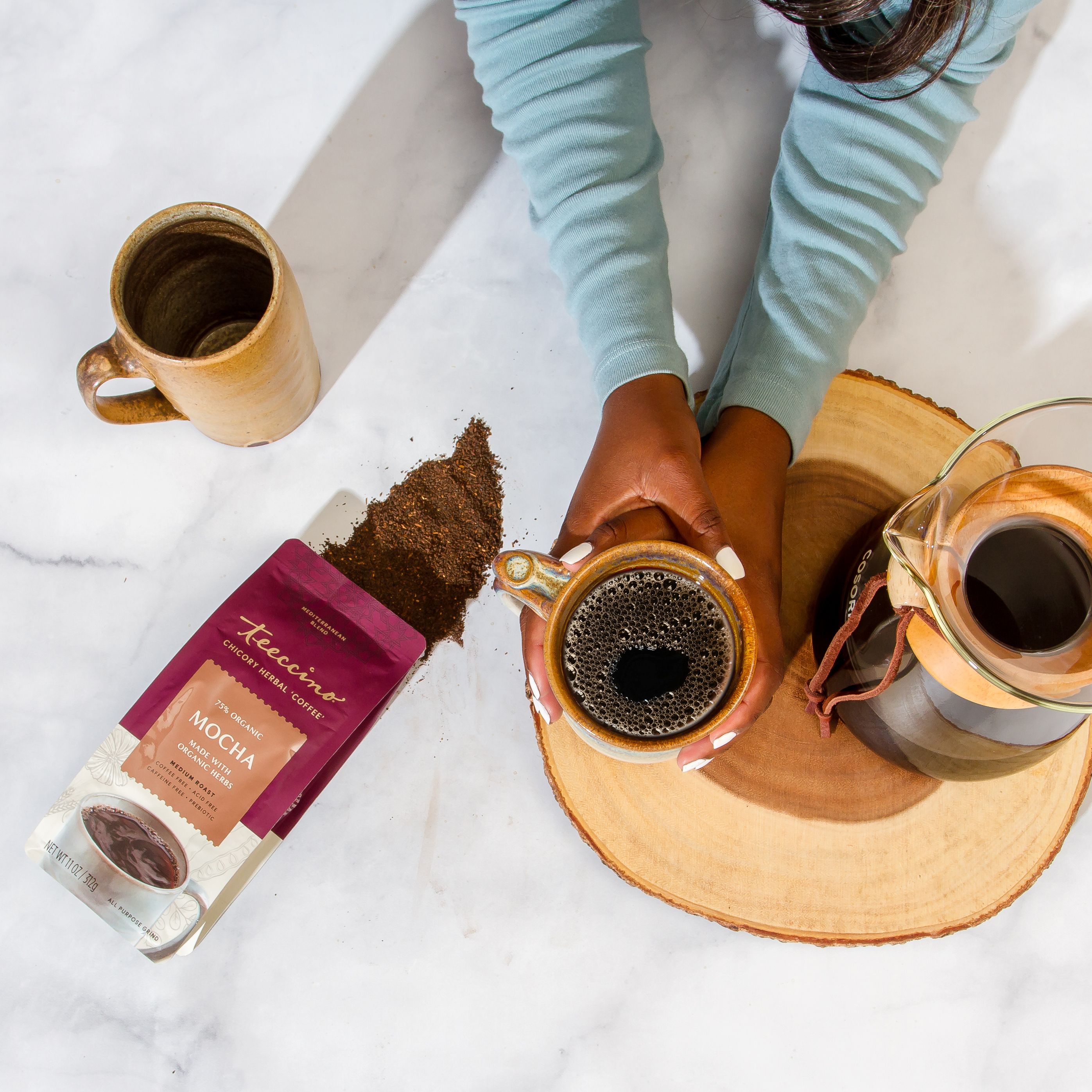For over 4,000 years, humans have been planting carob trees whenever they moved to a new arid area because of its value as a food and forage crop. The word “carat” comes from carob because the seed of the pods are so uniform in size, they were once used as weights to measure gold! Also called locust beans, carob pods may be what St. John ate in the wilderness because they are highly nutritious with protein, vitamins A and B, minerals and carbohydrates.
Today, with insulin resistance affecting over 41 million people, carob is finding new value as a nutritious herbal food that helps cells take in energy by making them more receptive to insulin.
In my article, Cinnamon Helps Lower Blood Sugar, I reported on new research showing that the common spice, cinnamon, helps reduce insulin resistance; the epidemic behind the increase in obesity and diabetes in America.
During a visit to our Spanish suppliers of carob, I was surprised to learn about new research on carob pods showing that pinitol, a natural compound in carob, has the same effect as the MHCP in cinnamon – they both make cells receptive to absorbing glucose from the blood. The result: more energy burned; less glucose stored as fat.
Insulin resistance syndrome
Let’s be sure we all understand what insulin resistance is and how it affects weight gain and makes losing weight difficult even when you’re dieting. Insulin is a hormone the pancreas produces that acts like a key that unlocks insulin receptors to open cells to receive glucose, the natural sugar that is energy food for your cells.
When muscle cells respond sluggishly to insulin’s message, your energy flags and fuel doesn’t get burned. Physical inactivity adds to this problem and whether we’re spending hours sitting at our desks, in front of TV, or in the car, our lack of active movement compounds this problem.
When blood sugar remains high, the pancreas reacts by producing even more insulin. Typically, this finally produces a rapid drop in blood sugar and the result is hypoglycemia or low blood sugar. Guess what? Increased appetite is stimulated to start the cycle all over again.
With insulin resistance, you don’t lose weight because your cells aren’t called upon to give up stored fuel. If you think you aren’t eating much but you keep gaining weight, insulin resistance may be your problem.
.jpg?v=0)
Keys to unlocking your cells
Pinitol and MHCP mimic the action of insulin. Because they differ slightly from insulin, they work successfully in people who are insulin resistant and they help all of us utilize our blood sugar more expediently. Pinitol occurs naturally in legumes including soybeans, but carob pods have a very high content of pinitol due to their naturally high content of sugar. It’s ironic that due to its natural sweetness, carob was used as a sweetener in Biblical times before sugar cane was discovered (though I must say, its sweetness doesn’t come anywhere near the level of real sugar). Now it can help us utilize the surplus of sugar that is far too prevalent in our modern diet!

Natural energy boost in a cup of Teeccino
When you drink a cup of Teeccino, your body can easily absorb the pinitol and potassium that are readily available in liquid form. With no fiber to digest, they both go to work quickly to help your cells take in nutrients. Carob’s pinitol works on the insulin receptors and the natural potassium from all of Teeccino’s nutritious herbs balances the sodium/potassium pump that allows cells to release waste materials and take in nutrients. Together, they make a powerful combination, giving you that immediate feeling of being energized but not hyped. This is natural energy production by our own bodies without any drug-induced high or adrenal stress from caffeine. That’s why you can drink multiple cups of Teeccino a day, including after dinner, and not have any problem going to sleep.
Our bodies know precisely how to use that nutritional boost for energy when needed or for rebuilding and repair during our rest…naturally!



1 comment
So what products have this in it that you sell? Are all of your keys have this?
———
Teeccino:
Yes, carob is a base ingredient to Teeccino, all of our blends include some carob
———